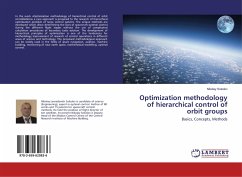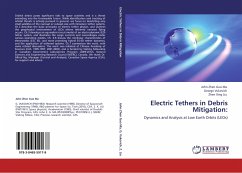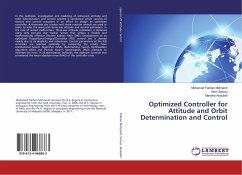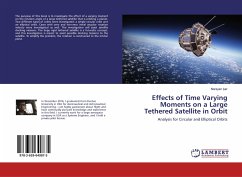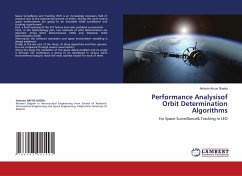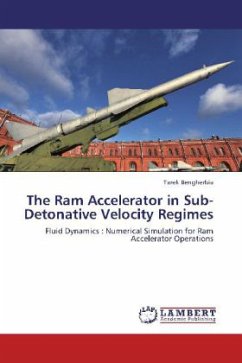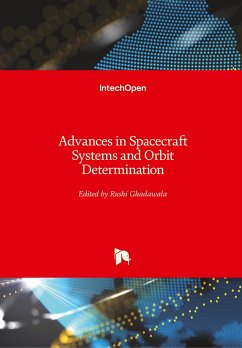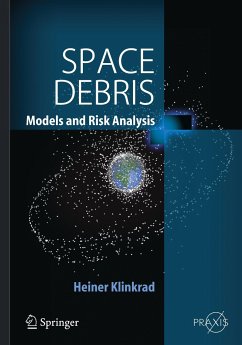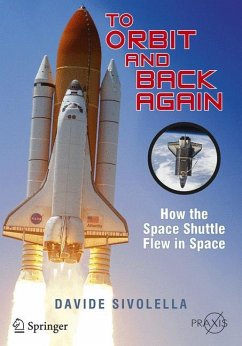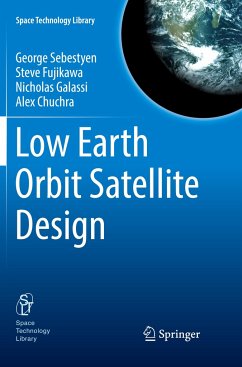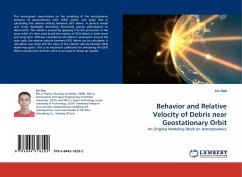
Behavior and Relative Velocity of Debris near Geostationary Orbit
An Original Modeling Work on Astrodynamics
Versandkostenfrei!
Versandfertig in 6-10 Tagen
32,99 €
inkl. MwSt.

PAYBACK Punkte
16 °P sammeln!
This monograph concentrates on the modeling of the astrodynamic behavior of geostationary orbit (GEO) debris, and apply that in calculating the relative velocity between GEO debris. A general model was firstly developed describing third-body gravity perturbation to debris'orbit. The model is proved by applying it to the precession of the lunar orbit. It's then used to tell the motion of GEO debris in both short and long term. Without considering the Moon's precession around the solar pole, the relative velocity between GEO debris can be calculated. A simulation was done and the value of the re...
This monograph concentrates on the modeling of the astrodynamic behavior of geostationary orbit (GEO) debris, and apply that in calculating the relative velocity between GEO debris. A general model was firstly developed describing third-body gravity perturbation to debris'orbit. The model is proved by applying it to the precession of the lunar orbit. It's then used to tell the motion of GEO debris in both short and long term. Without considering the Moon's precession around the solar pole, the relative velocity between GEO debris can be calculated. A simulation was done and the value of the relative velocity between GEO debris was given. This is an important coefficient for simulating the GEO debris environment and can serve as an input to break up models.



